There can be your advertisement
300x150
Here Are 5 Important Things to Consider When Designing the Next Commercial Building
Traditional commercial buildings used to have boring standard designs with minimal space for creativity. Today, our collaborative workspaces are much more vibrant and individualistic. Every architect should strive to create a building that inspires the people who work there. Here are 5 things you should consider when designing the next commercial building.
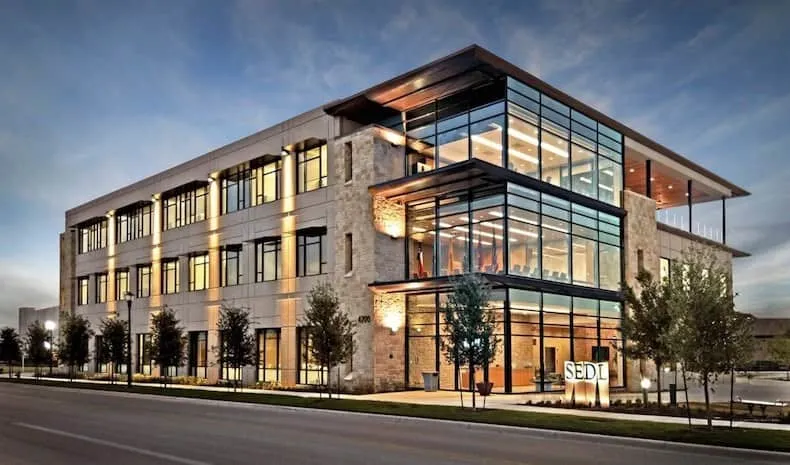
1. Design with Employee Productivity in Mind
The layout of a commercial building plays a big role in employee satisfaction and productivity. It should have clear walkways and facilitate easy interaction between departments. Traditional offices usually had a balance of closed offices and shared workstations, providing more privacy for senior employees.
As the modern workplace evolves, open layouts have become dominant with the goal of creating more interactions. However, these designs proved less effective than expected. According to a 2019 study from Harvard Business Review, open offices reduced human interactions by 70%, while digital interactions compensated for this.
Open layouts also fail to account for noise control, which affects employee productivity. Your design should separate open areas with walls, columns, and screens. The goal is to create two distinct work zones: one where employees can focus on individual tasks and another for collaborative projects.
Lighting is also an important factor that impacts employee productivity. Effective lighting improves our mood and focus at work—especially natural light. However, individual preferences vary. The best solution is to provide plenty of natural light and allow employees to adjust artificial lighting.
2. Provide Recreation Areas
Balancing work and rest is one of the highest priorities among today's workforce. Your commercial building should also balance productivity with leisure. The following recreation areas would be a great addition to your project:
- Fitness center: Good physical health leads to productivity. A fitness center will help employees achieve their wellness goals and build camaraderie.
- Game room: A game room might seem like a distraction, but it offers many opportunities for team building. Ping-pong, billiards, board games, and other fun activities help workers quickly develop mutual understanding.
- Coffee zone: Coffee is an essential part of daily routines for millions of people. Many can't function without it. A small café in your commercial building will be a great revenue source and significantly boost morale.
- Library: A library serves as a valuable source of information and quiet workspace that will always be useful to employees.
Commercial buildings are no longer limited to strictly business environments. The modern workforce needs a balanced atmosphere. Several recreation areas will help reduce stress, strengthen workplace relationships, and allow employees to express their creative side.
3. Implement Eco-Friendly Features
As a commercial architect, you have a social responsibility to create eco-friendly buildings from floor to ceiling. A simple way to fulfill this responsibility is by adding sustainable devices such as smart thermostats, water sensors, and lights. These devices automatically track the building's energy consumption and help employees adjust their habits.
The materials used in the building should also be natural and durable. Maximize the use of raw wood, metal, and tempered glass. The choice of roofing is also an important detail. A multi-layer roof has six protective material layers that promote energy efficiency and require minimal maintenance.
You can even install alternative power sources like solar panels. Generating additional eco-friendly energy will help save on utilities. It also gives your building a unique look, showcasing your commitment to sustainability.
4. Focus on Furniture
Commercial buildings should be comfortable for both employees and guests. Don't hesitate to invest in quality furniture throughout the building. Decorate the lobby with sofas and armchairs. Place soft sofas, armchairs, and other comfortable spots in employee break areas so they can relax. Provide ergonomic office chairs with adjustable features.
Pay attention to the color and texture of furniture. Workspaces should feature neutral tones like gray and brown, with elegant textures such as leather or rough fabric. This design evokes calmness and professionalism.
On the other hand, you can be more creative in common areas. Use bright and energetic colors in these spaces to liven up the environment. The goal is to create a clear visual distinction between work and recreation zones.
5. Prioritize Employee Safety
One of the core principles of architecture is never sacrificing safety for aesthetics. Always make employee safety a priority. Create clear pedestrian pathways and multiple evacuation routes on each floor. Hire a contractor with a clean safety record who will follow all local codes and regulations. You don't want to face litigation.
It's also important to install a wide range of security systems, including surveillance cameras, motion sensors, and alarms. A reliable security system will provide peace of mind for employees and guests.
Designing for the Modern Workforce
Commercial buildings designed for previous generations of workers were uniform and uninspiring. Safety and functionality are still important, but they no longer keep modern employees engaged. You must design your commercial building for the modern workforce, meaning promoting productivity, work-life balance, and sustainability.
More articles:
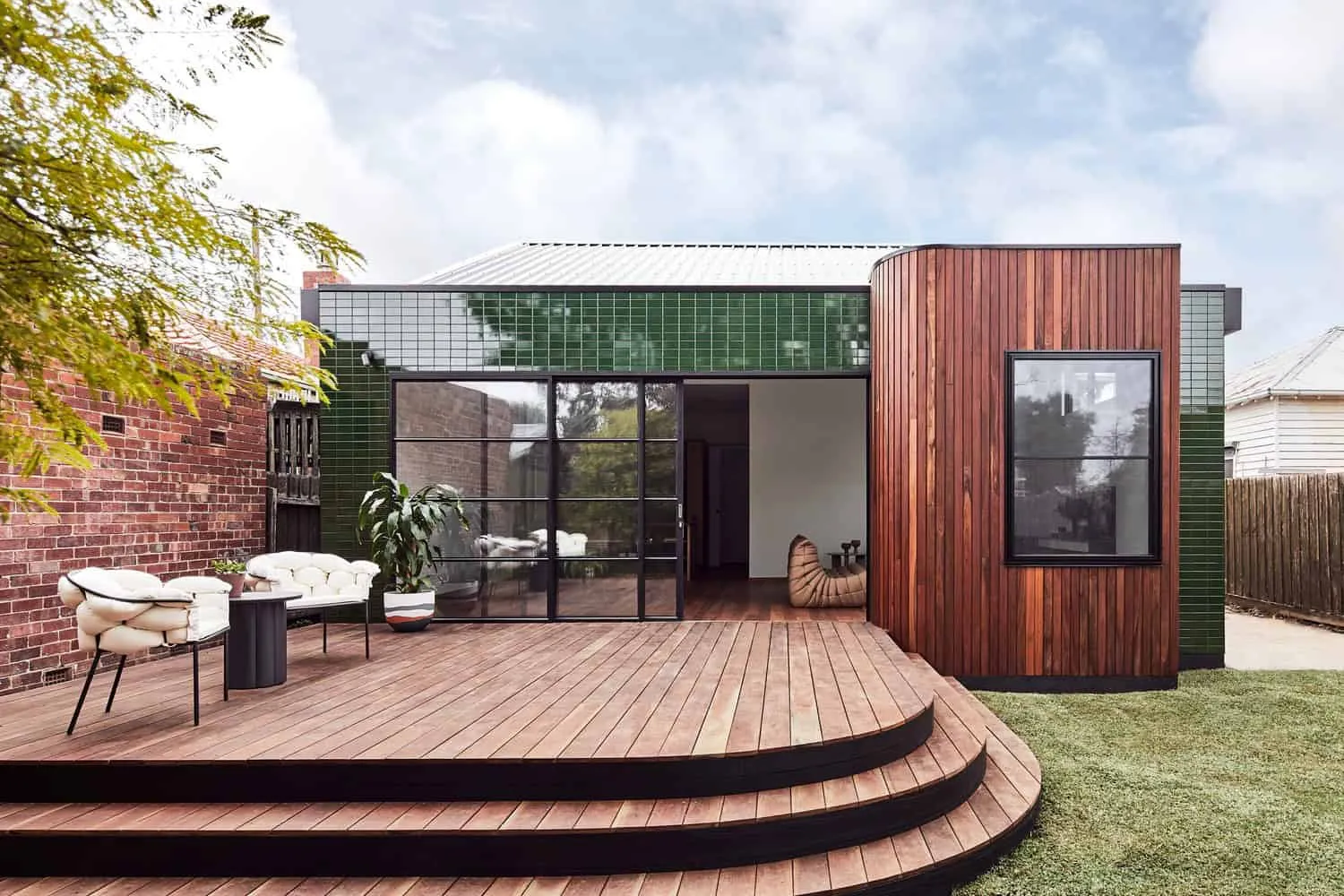 Green House by Circle Studio Architects in Melbourne, Australia
Green House by Circle Studio Architects in Melbourne, Australia Green Plants and Vintage Furniture
Green Plants and Vintage Furniture Green House by Carlo Ratti Associates in Parma, Italy
Green House by Carlo Ratti Associates in Parma, Italy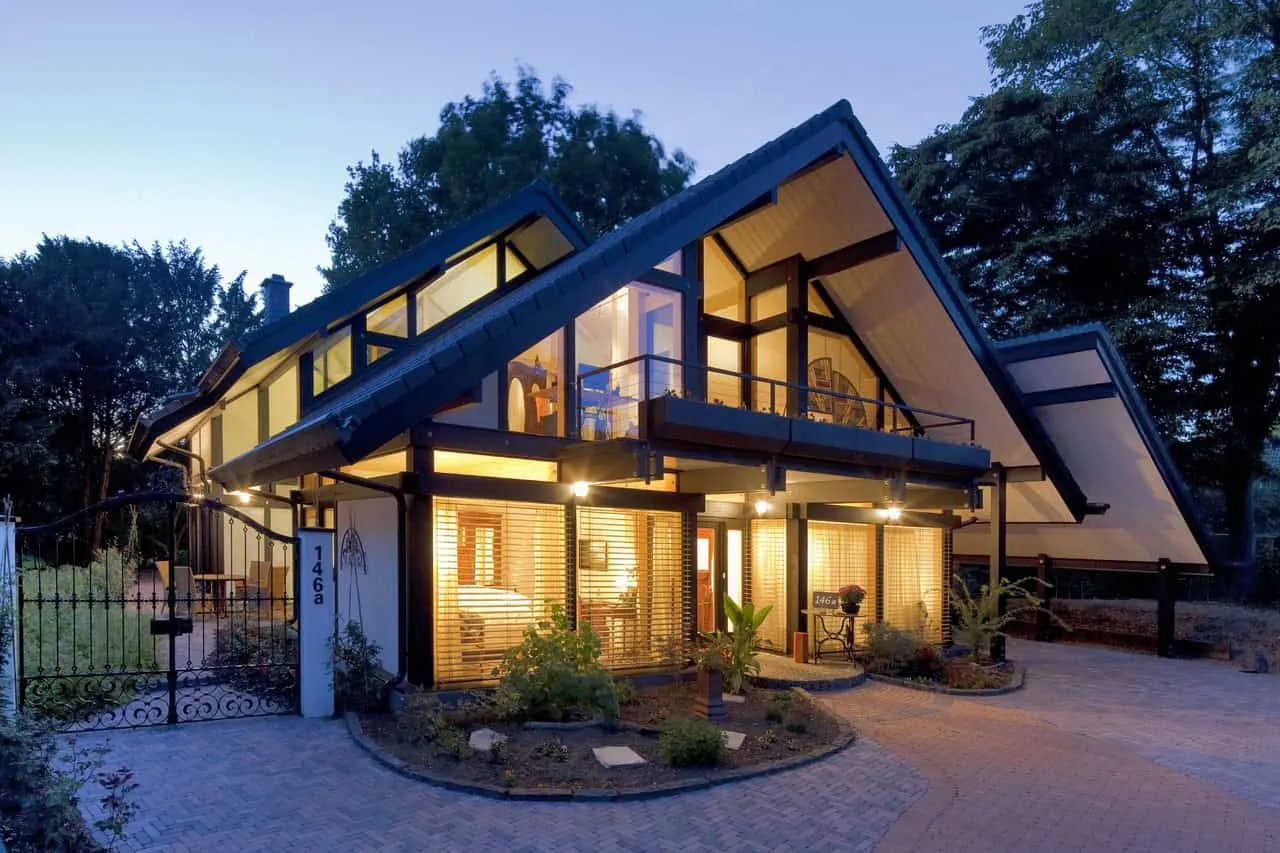 More Eco-Friendly Ways to Build Houses in 2023
More Eco-Friendly Ways to Build Houses in 2023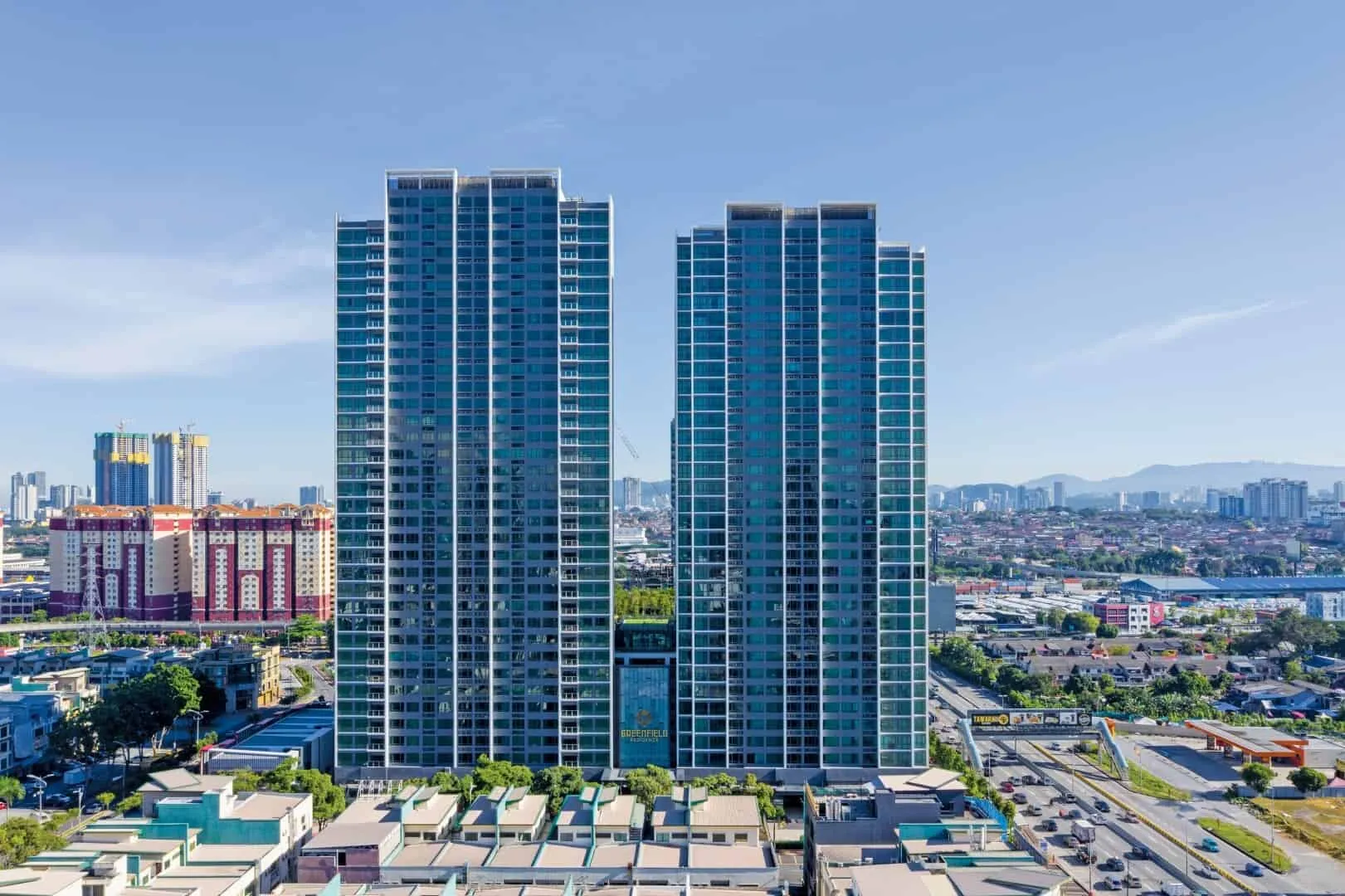 Green Housing by ONG&ONG in Subang Jaya, Malaysia
Green Housing by ONG&ONG in Subang Jaya, Malaysia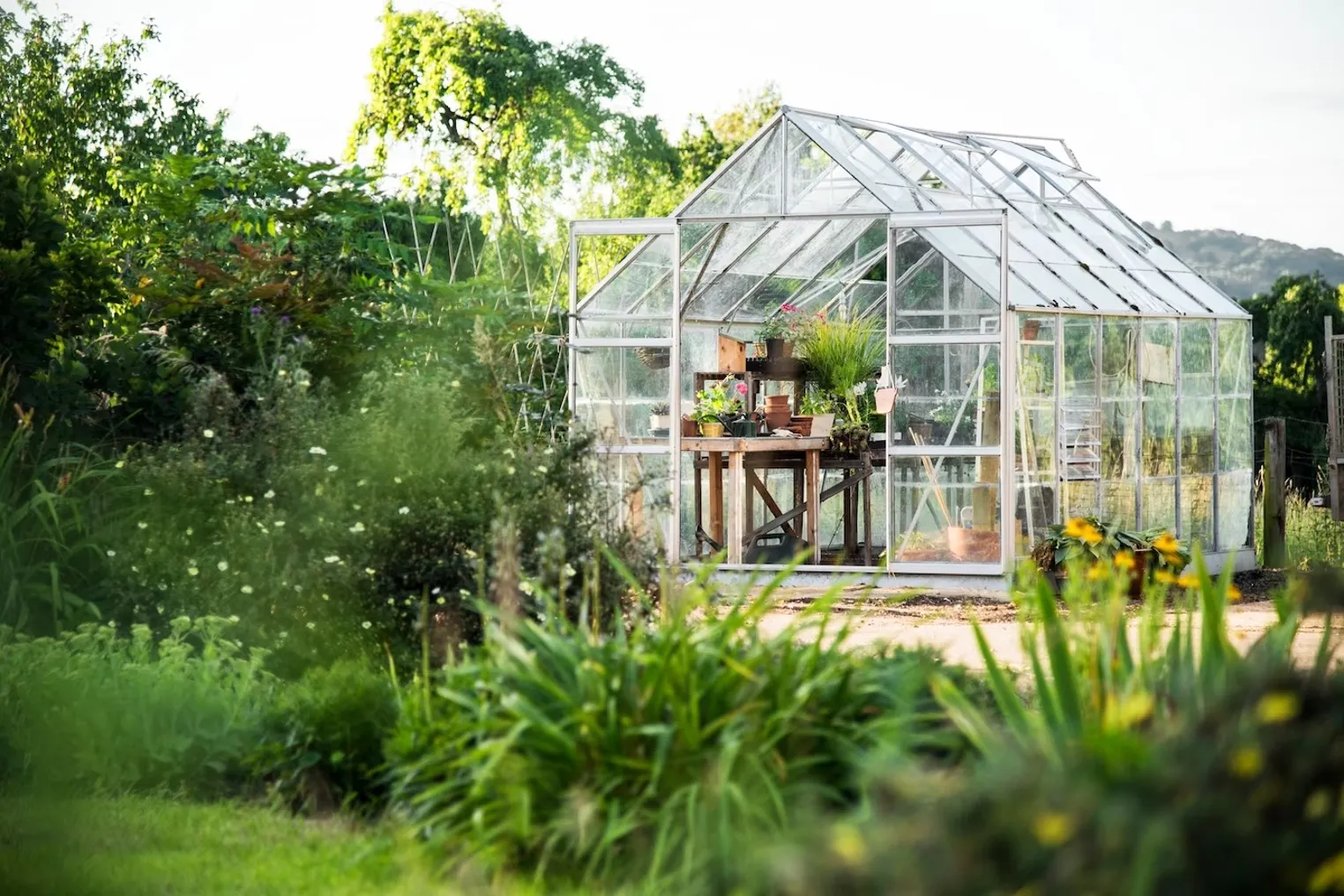 Greenhouse: Designing the Optimal Environment for Growing
Greenhouse: Designing the Optimal Environment for Growing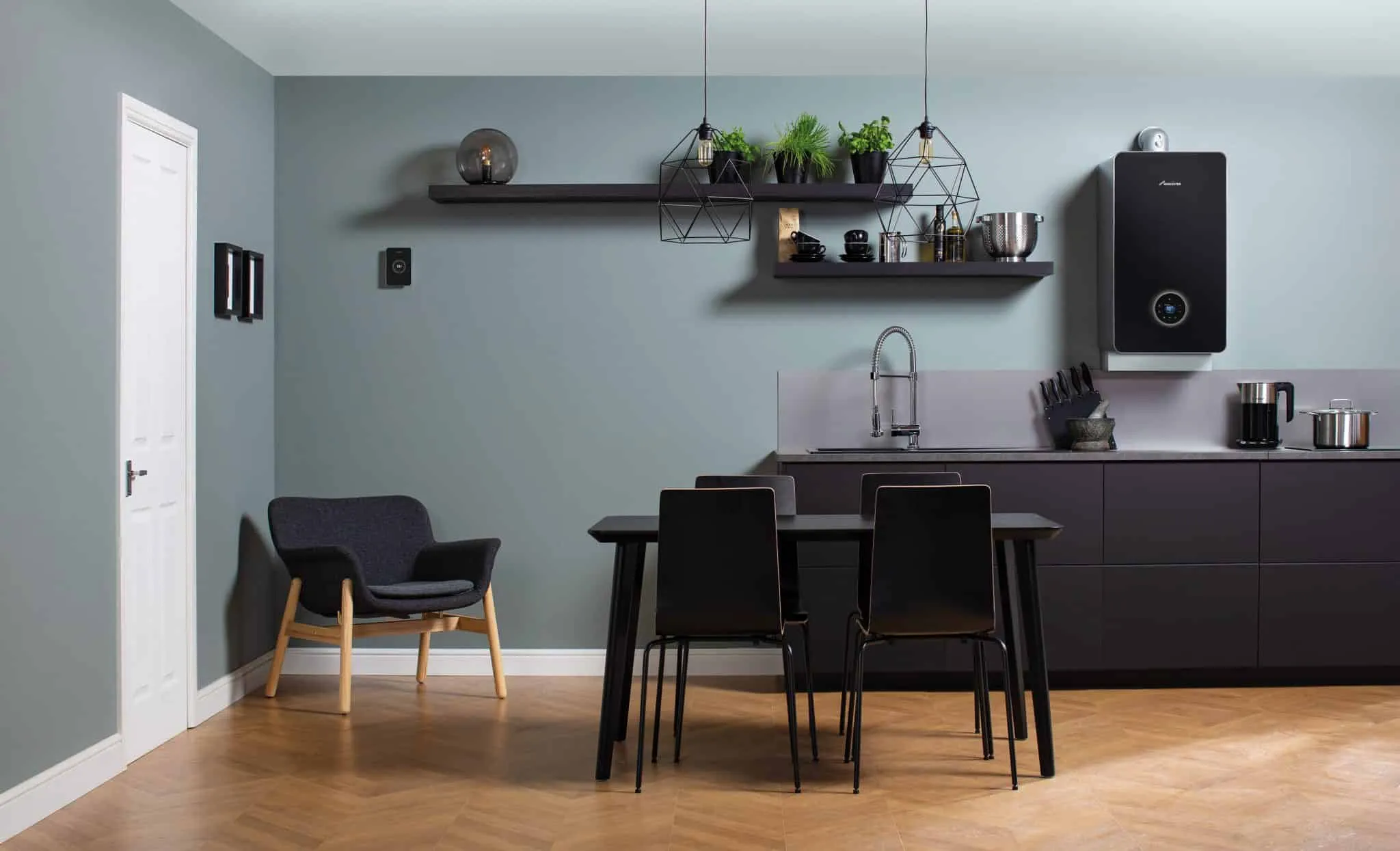 Greenstar 8000 Style – Stylish Boilers for Stylish Homes
Greenstar 8000 Style – Stylish Boilers for Stylish Homes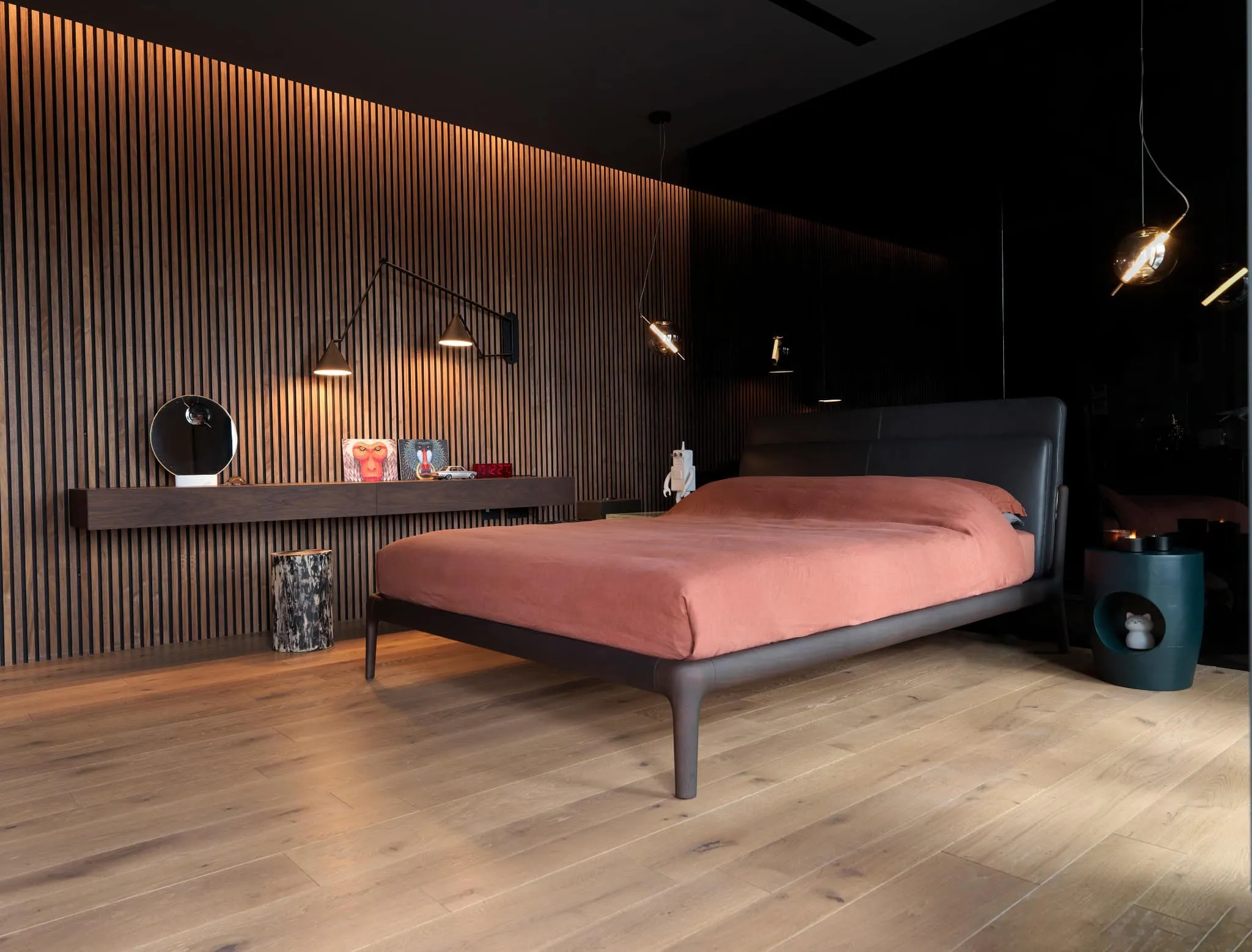 Greenstyle: Sustainable Residential Complex by Castello Lagravinese Studio
Greenstyle: Sustainable Residential Complex by Castello Lagravinese Studio